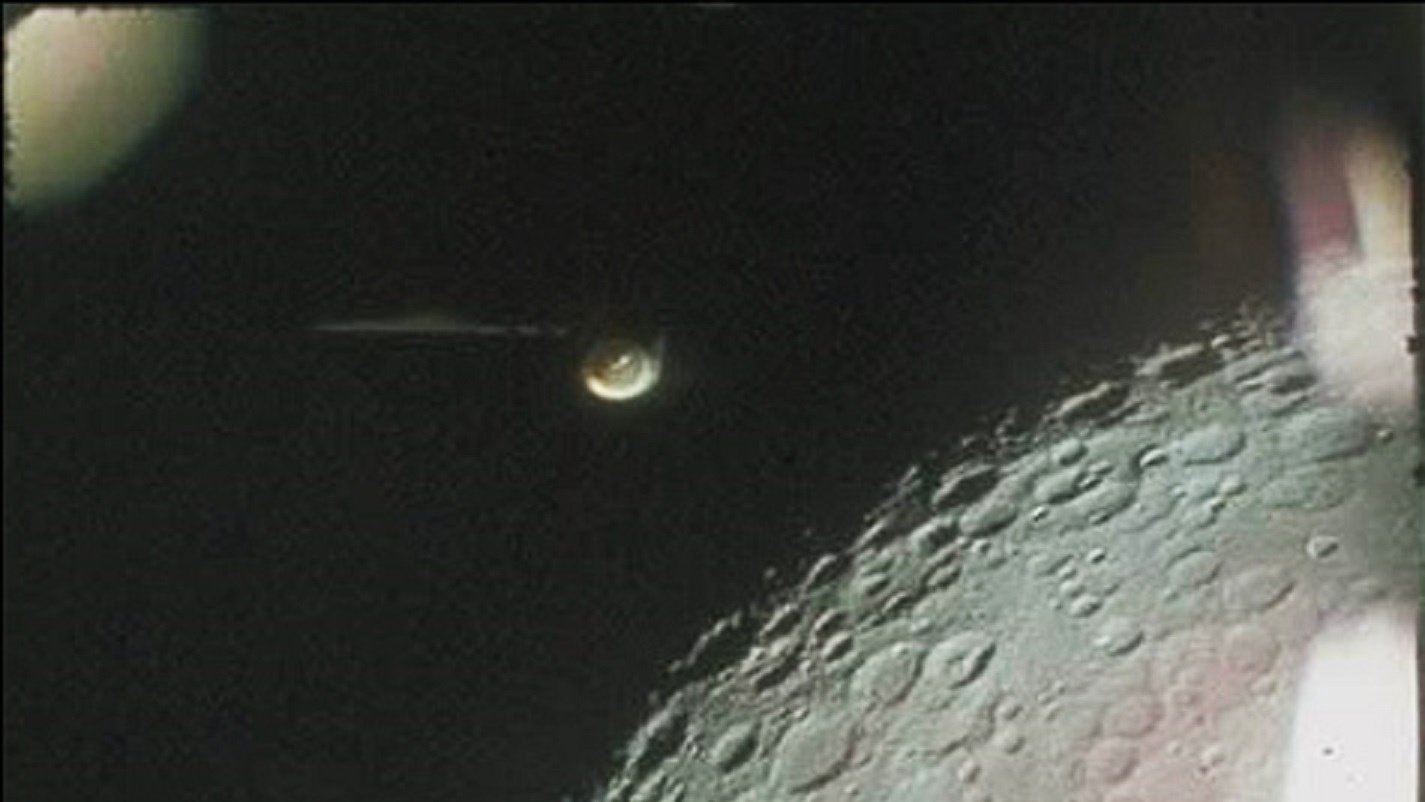NASA has dipped into the debate over UFOs for decades, but today the space agency said it’s commissioning an independent study team to survey a wide range of what are now known as unidentified aerial phenomena, or UAPs.
“The most exciting things in science are things we don’t understand, and my starting point — I think all our starting points for this — is that there are phenomena that we don’t understand,” astrophysicist David Spergel, who’ll lead the study team, told reporters. “How do we start to make progress? We have a very limited set of observations right now with these UAPs. This makes it difficult to draw conclusions. So we start by trying to figure out what data is out there. We’re going to be working with government, nonprofits, companies, civilians, and try to identify what data is already there, then start to think about what data should we collect in the future.”
NASA’s independent study will start early in the fall and run in parallel to the Pentagon-led effort to analyze UAP reports from aviators, which was the focus of a congressional hearing last month.
Last fall, NASA Administrator Bill Nelson signaled that the space agency would be more open to looking into anomalous aerial phenomena in Earth’s atmosphere — such as aircraft that seem to maneuver in extraordinary ways. But Thomas Zurbuchen, NASA’s associate administrator for science, said forming the independent panel was his idea.
“One of the outcomes of the study, for me, would be to communicate to everybody, whether it’s our own community and more broadly, that the science process is a valid process for any and all problems, including that one,” he said.
Daniel Evans, assistant deputy associate administrator for research at NASA’s Science Mission Directorate, will serve as the agency official responsible for orchestrating the study. Members of the study team haven’t yet been announced, but NASA said they would include “experts in the scientific, aeronautics and data analytics communities.”
Evans said it would take about nine months to conclude the study, at a cost of no more than $100,000. “Consistent with NASA’s principles of openness, transparency and scientific integrity, the report will be shared publicly,” Evans said in a news release.
“One of the things we that we tangentially hope to do as part of this study, simply by talking about it in the open, is to help remove some of the stigma associated with it,” Evans told reporters.
The search for traces of extraterrestrial life has been one of NASA’s core missions, encompassing geological studies of Mars, an upcoming mission to an icy Jovian moon called Europa and surveys looking for planets beyond our solar system. But studies of anomalous space phenomena have been more sporadic, and have mostly involved providing explanations for strange sightings. Such cases include weird objects spotted in Apollo moon photos, orbital observations of the “Face on Mars” — and most recently, rover views of a Martian geological feature that’s been compared to a dog door.
The organizers of the upcoming study emphasized that they wouldn’t attempt to explain UAPs on a case-by-case basis, but would merely survey the types of data that were available as a prelude to further analysis. “We should be open to the idea that we’re looking at several different phenomena,” said Spergel, a retired Princeton professor who’s now president of the Simons Foundation. “There’s a pretty wide range of what might be accounting for these events.”
Zurbuchen said he’s also prepared for a wide range of explanations, ranging from potential technosignatures left behind by alien civilizations to previously unknown types of natural phenomena.
“Don’t ever underestimate what nature can do for you,” Zurbuchen said. “Sometimes we have this assertion that we understand the natural world, and everything that’s not explained with the laws of nature that we have right now is somehow not natural. I just really believe that there’s a lot to learn still.”
Lead image: This image from the Apollo 16 mission to the moon in 1972 shows what may look like a flying saucer. In 2004, NASA said it was the spacewalk floodlight/boom that was attached to the Apollo spacecraft. Source: NASA.


I wondered whether the moving objects that were tracked could be sunlight light playing tricks with above satellites, in which somehow light got reflected downwards or a shape was delineated by shading the sunlight out. It would explain the speed they were travelling in perhaps. Can the distinct shapes of these objects be compared to satellites above planet Earth at the time the recorded events happened? The investigation seems pretty small scale anyway.
As an afterthought, could it instead be the unintentional/intentional trick of the light/shade of a flying Earth vehicle, covertly tracking from above a USA military craft, and by the method mentioned before, also work out its shape?